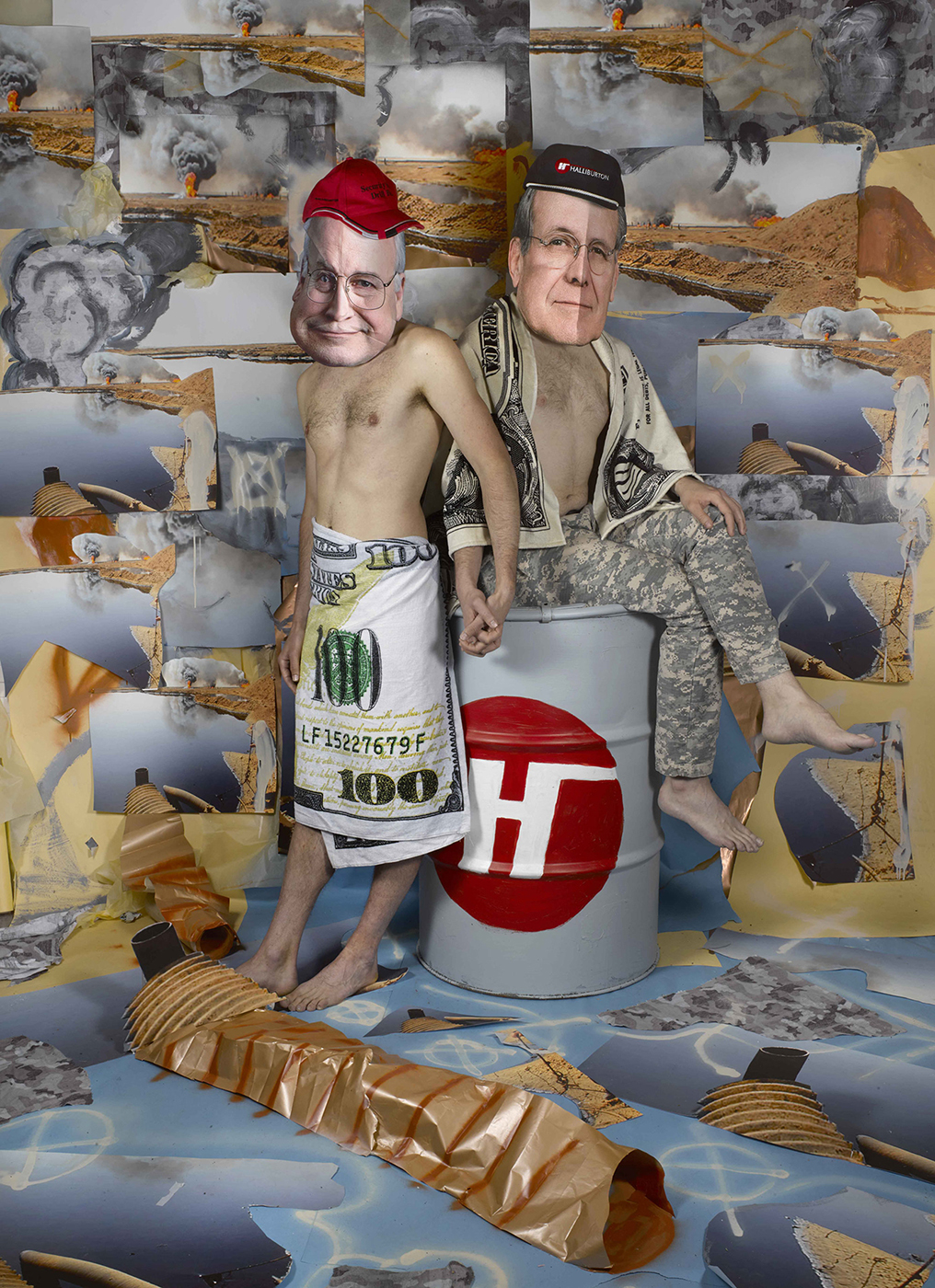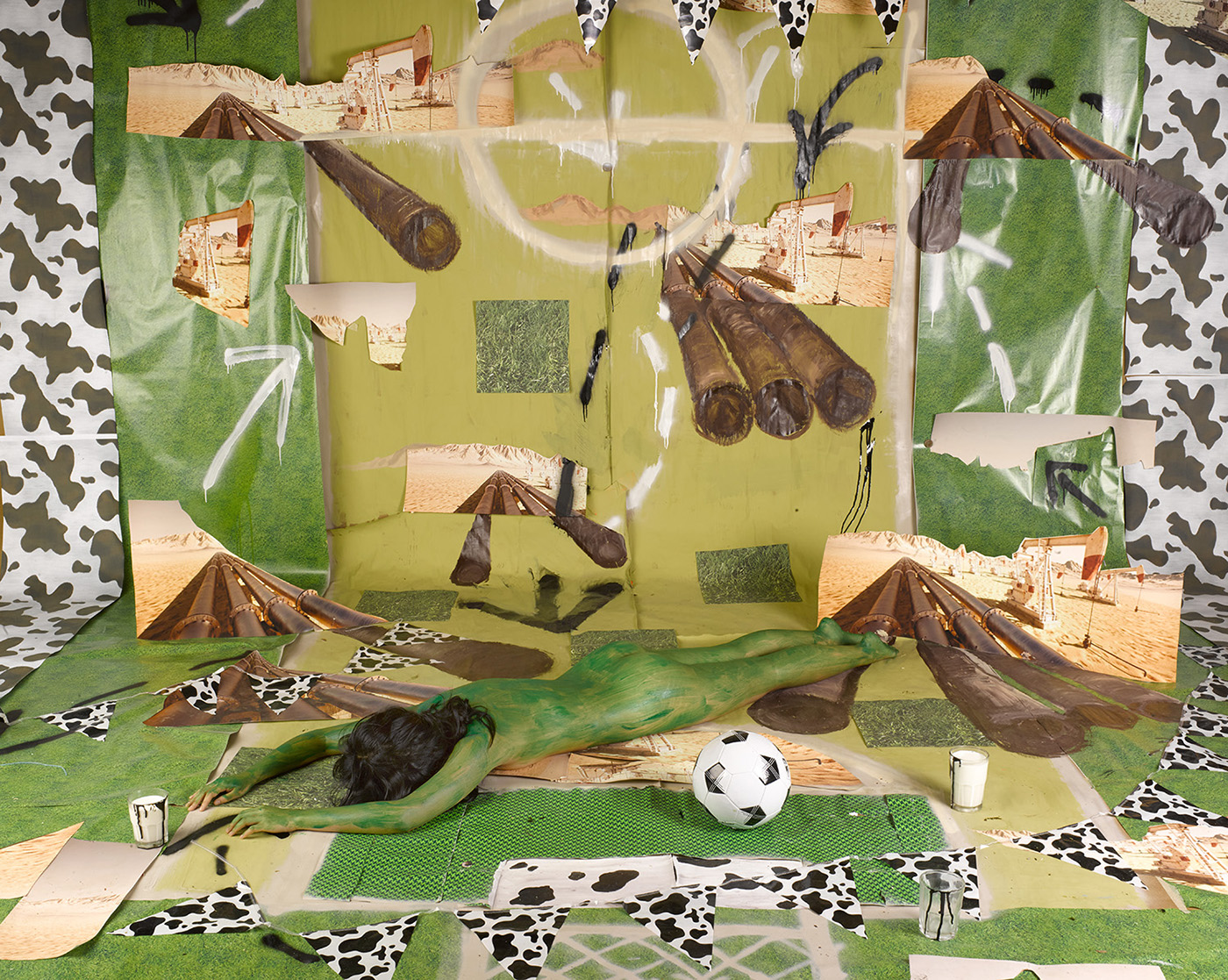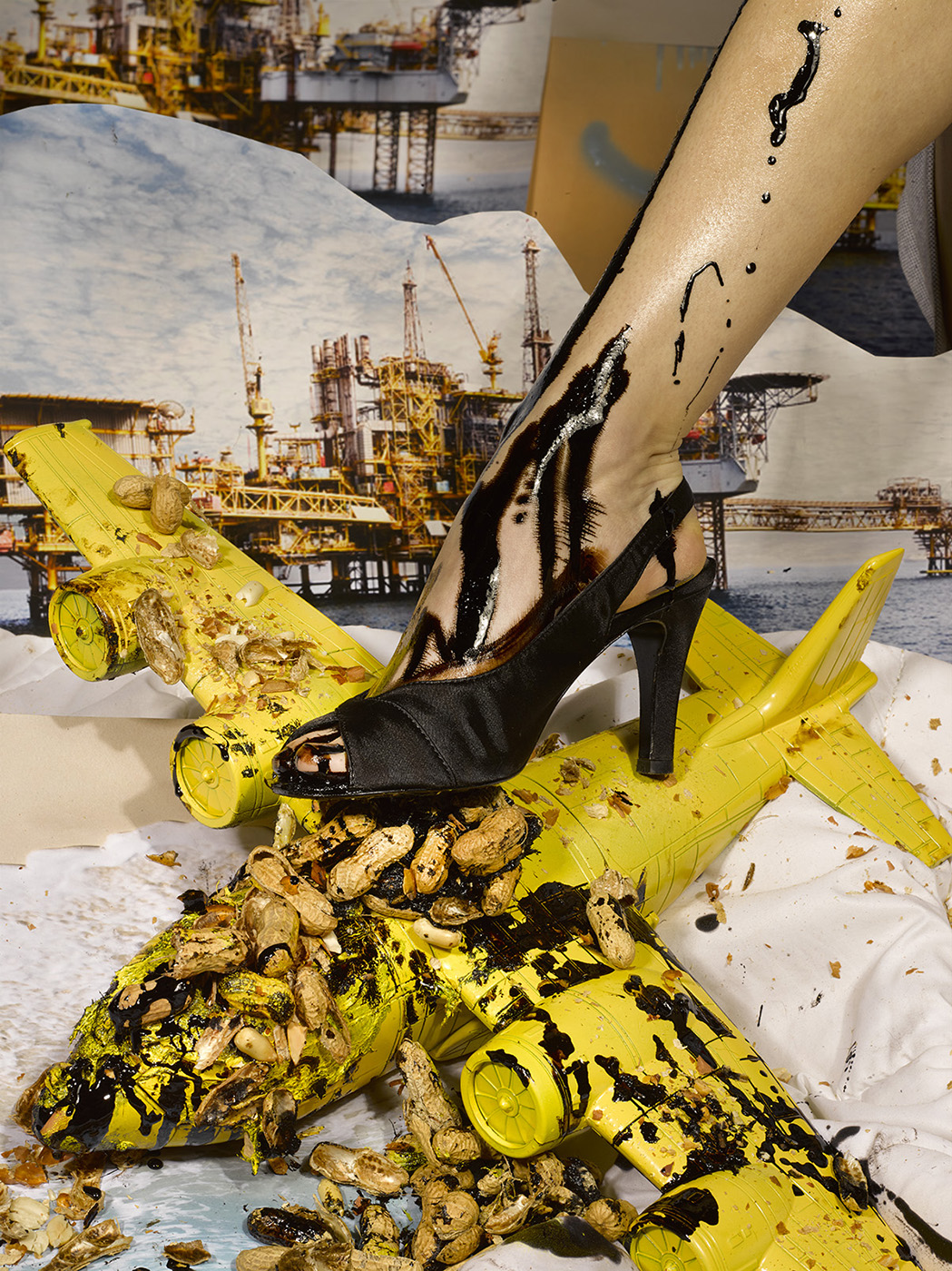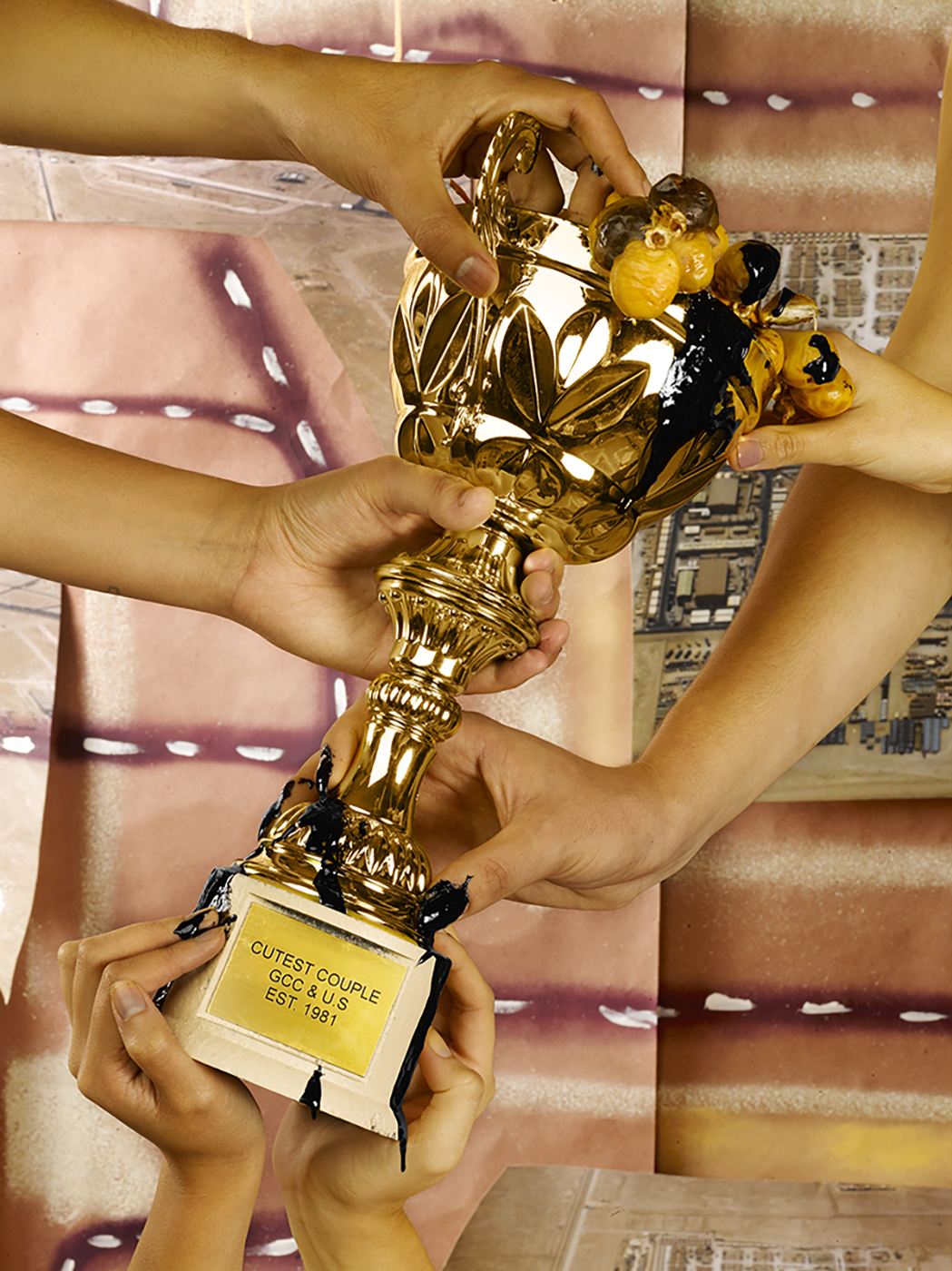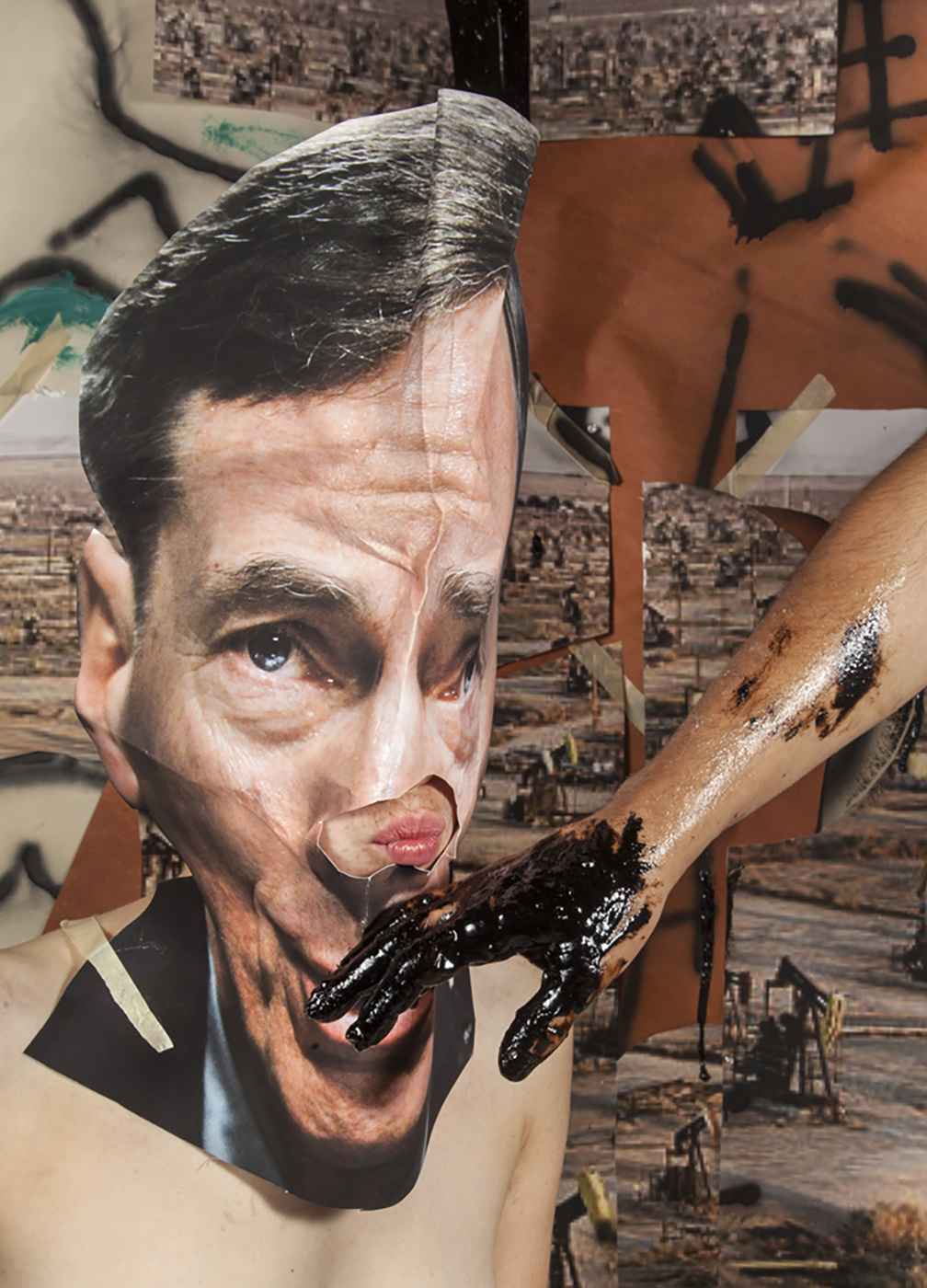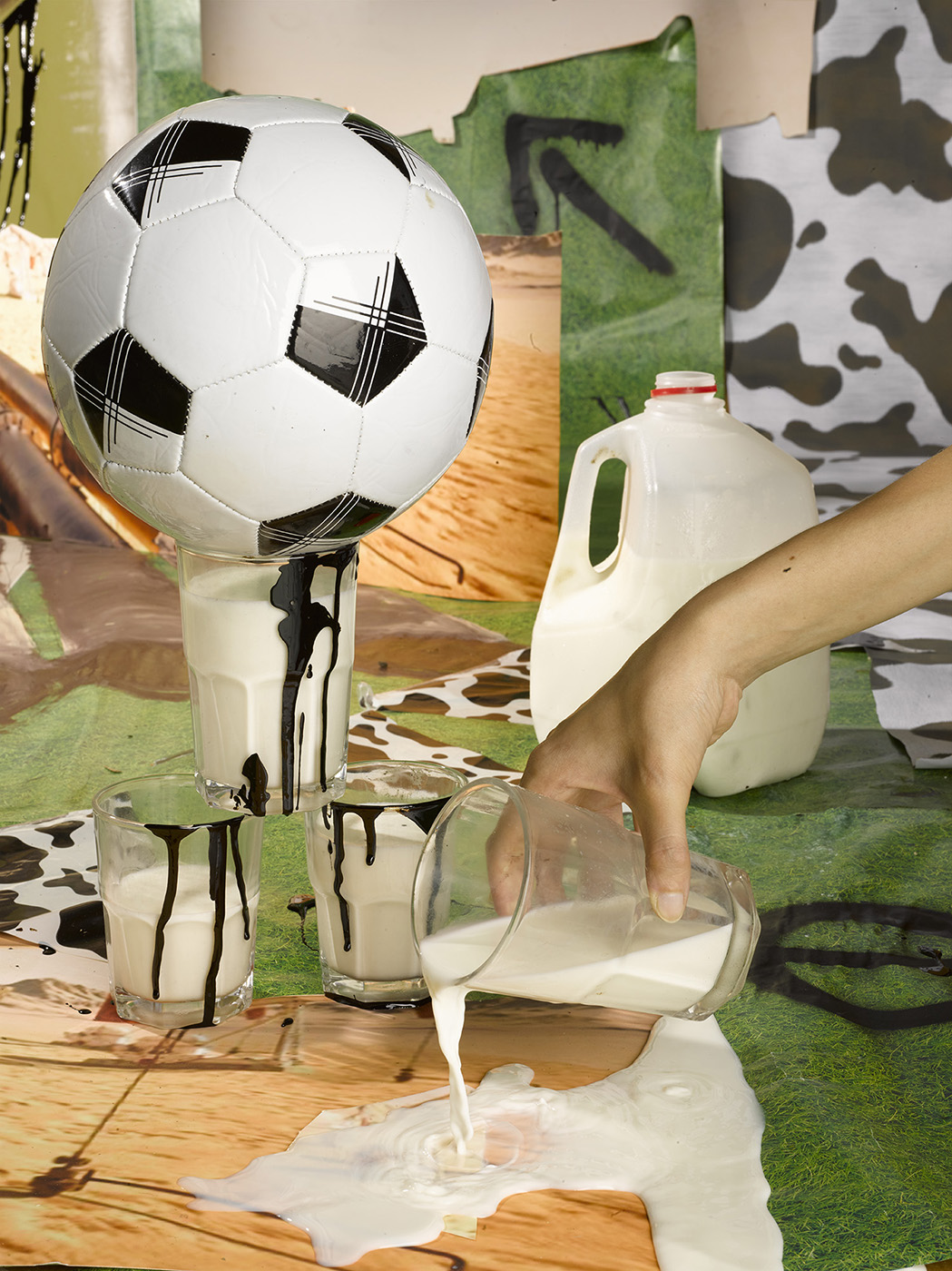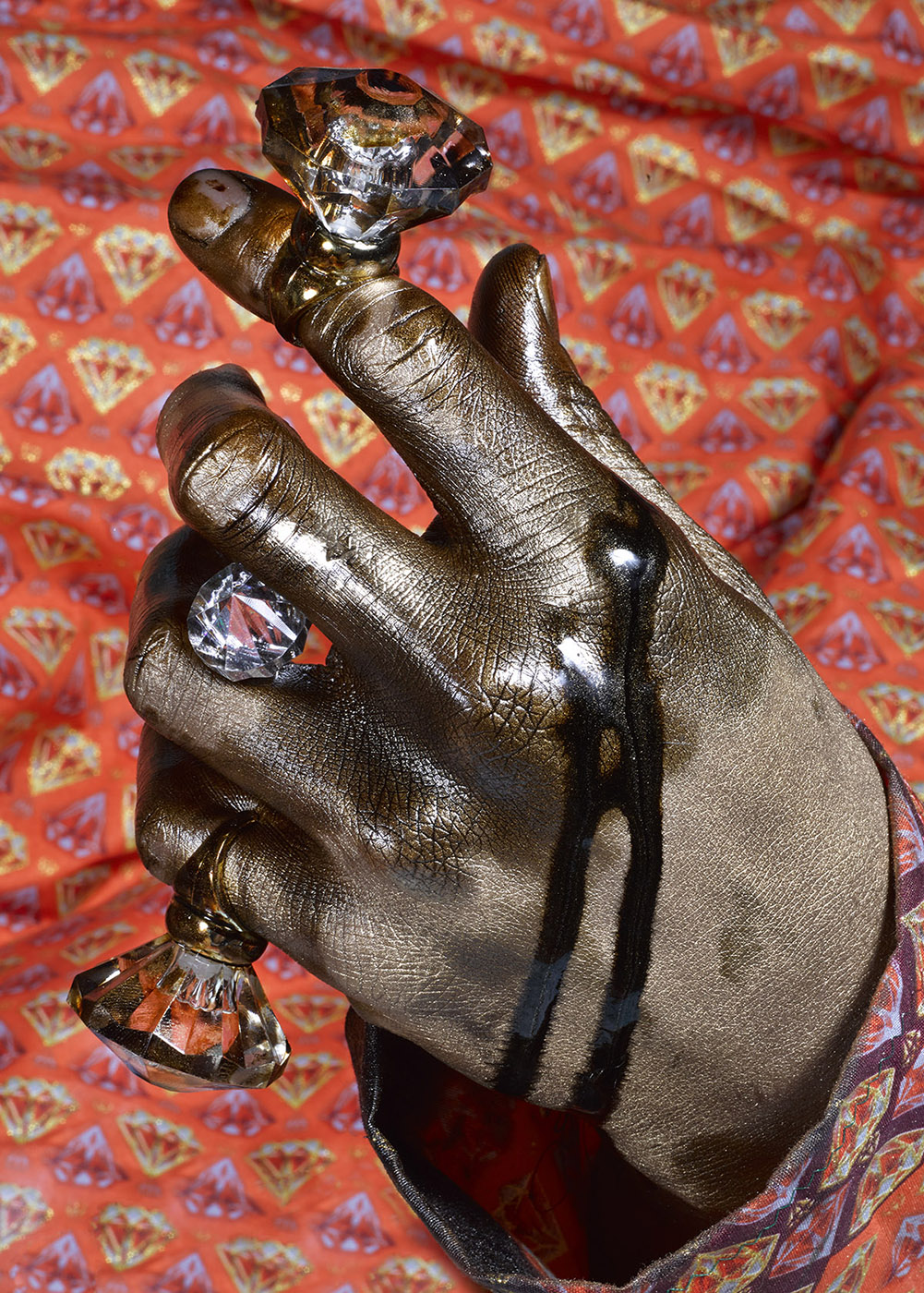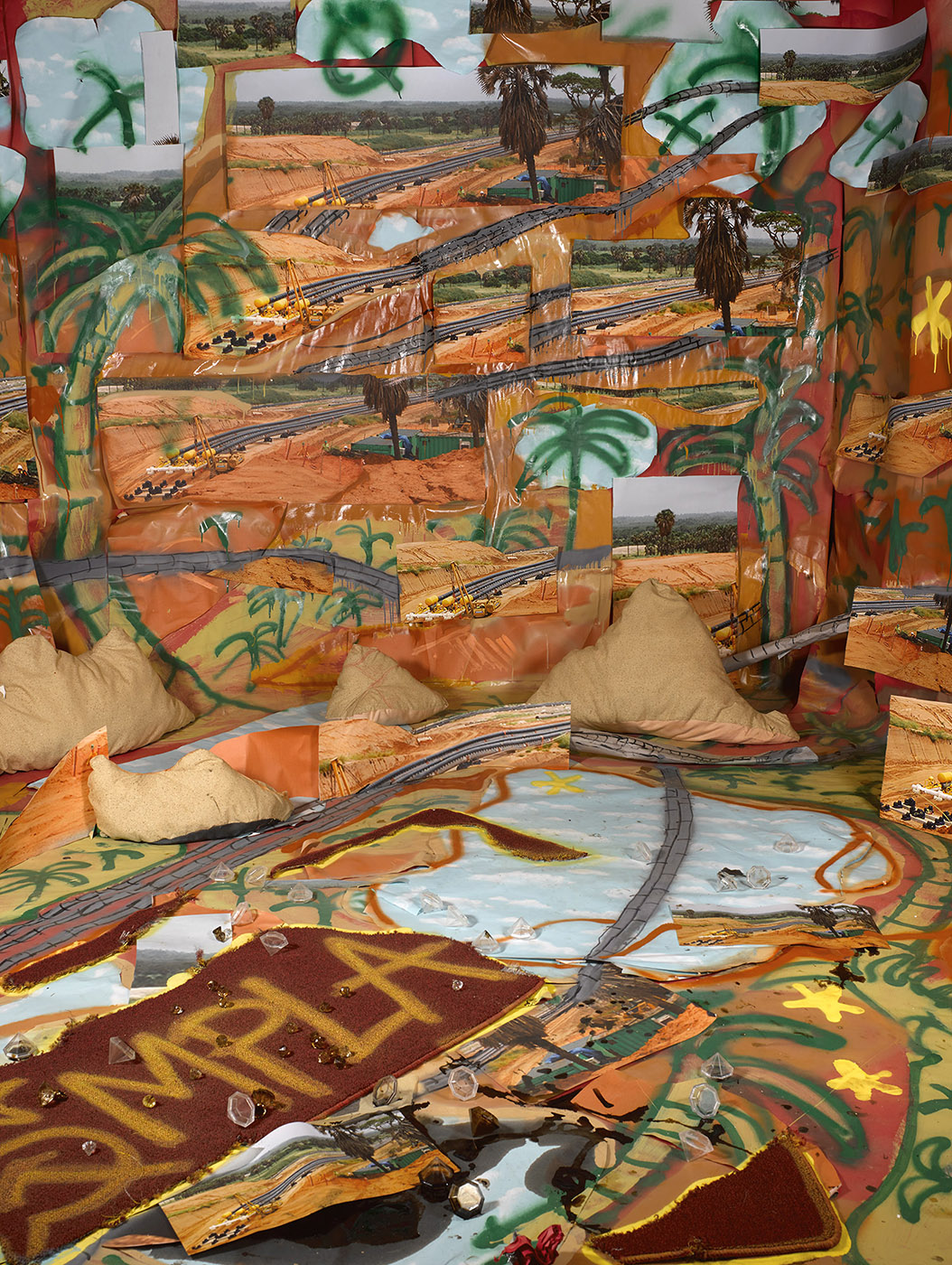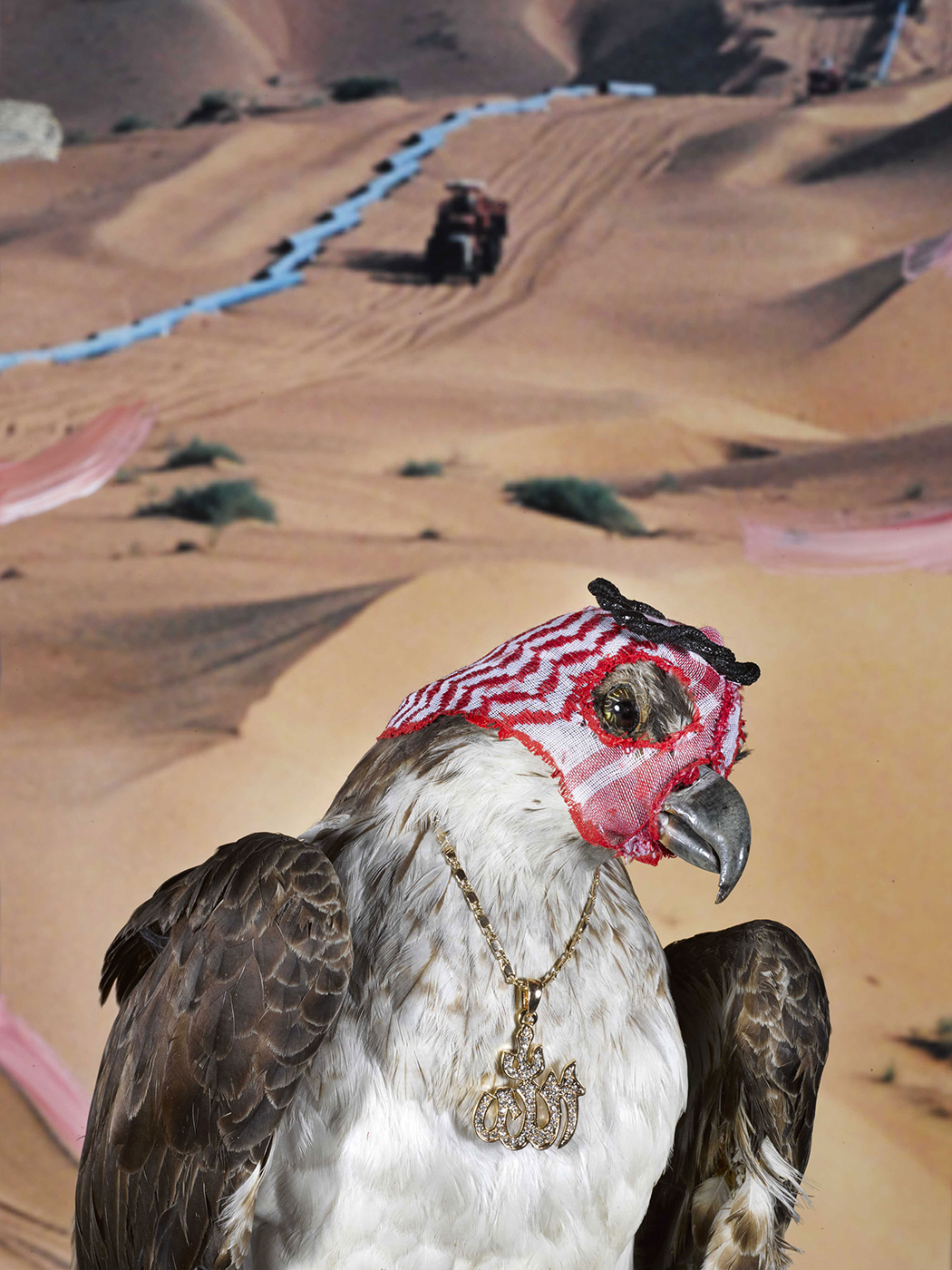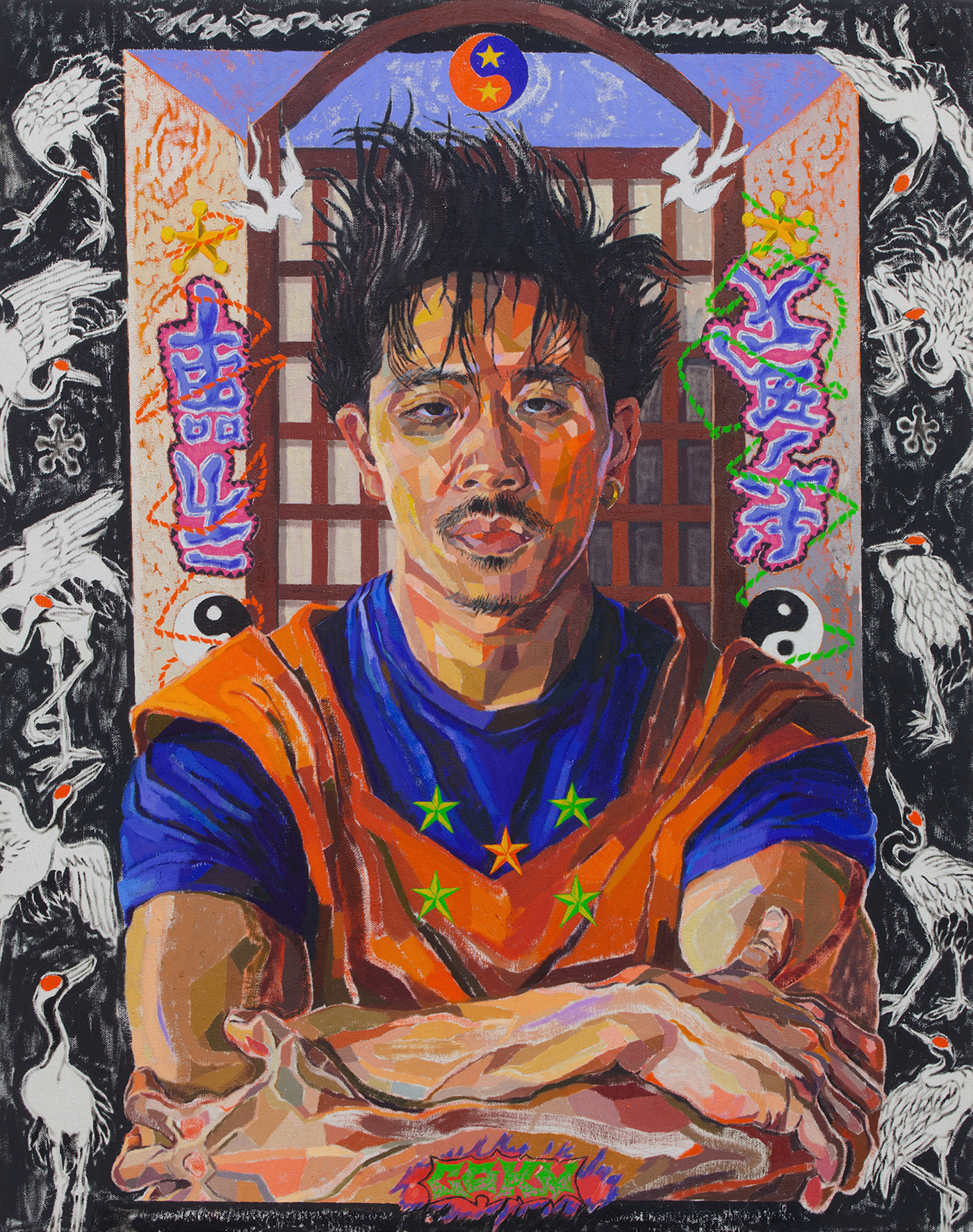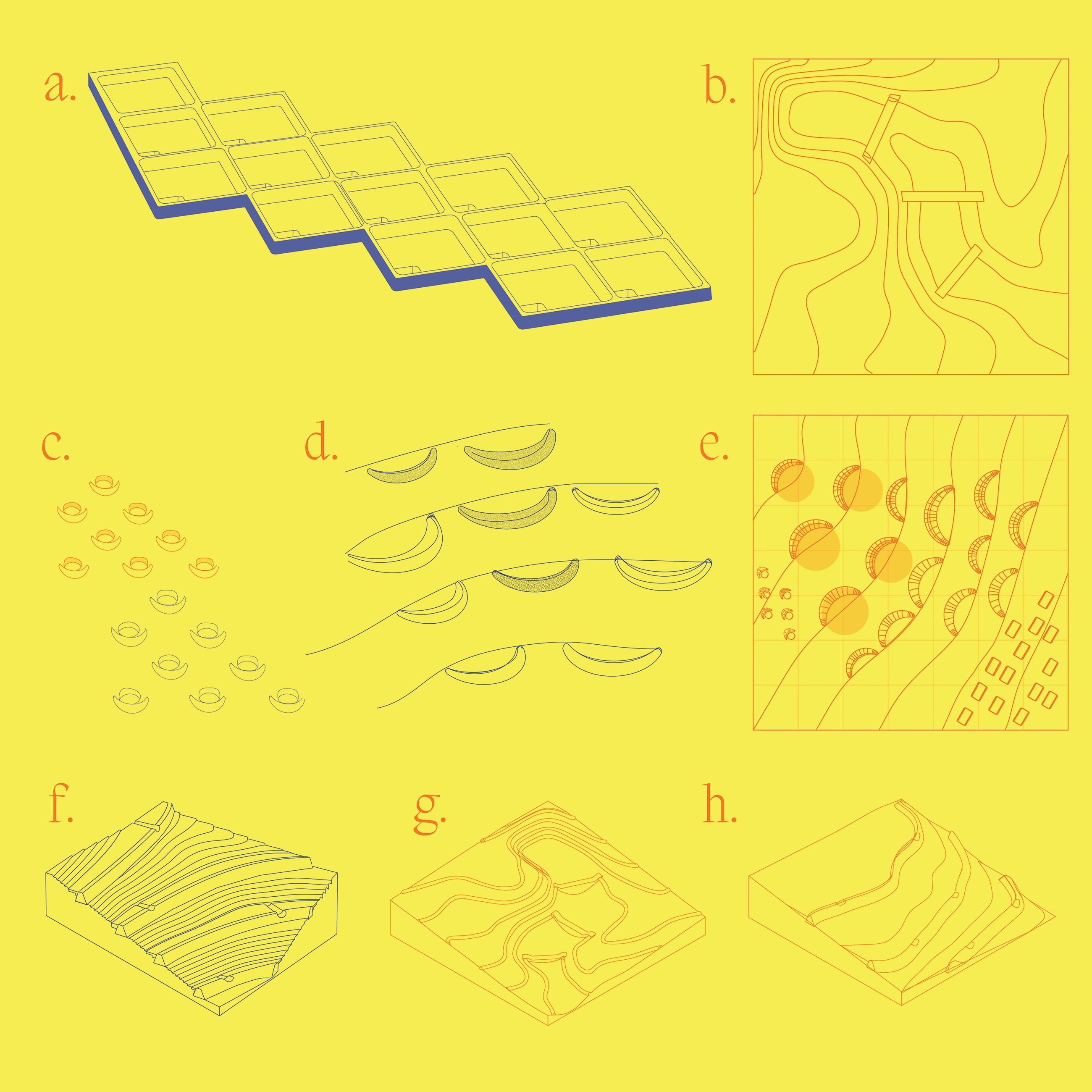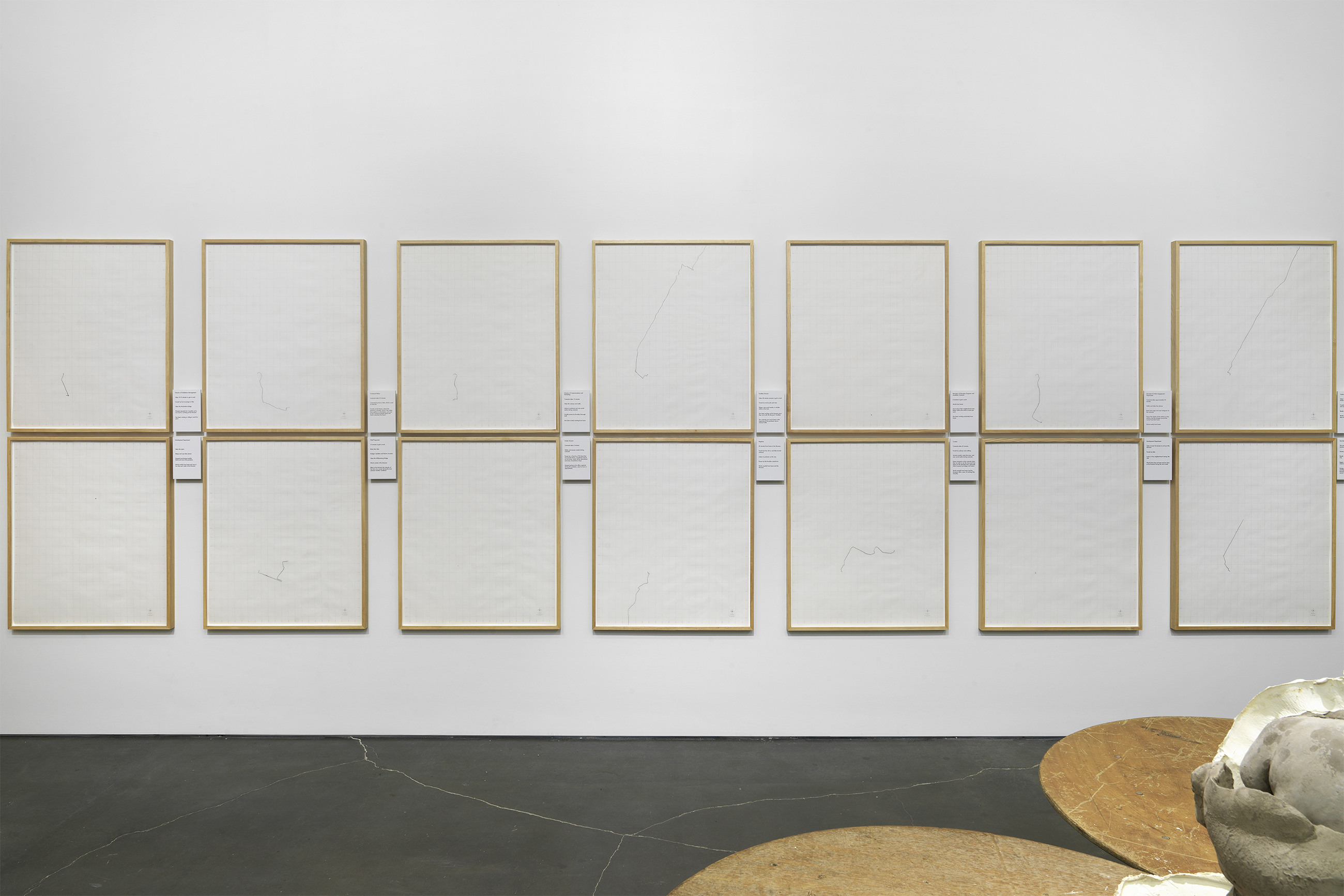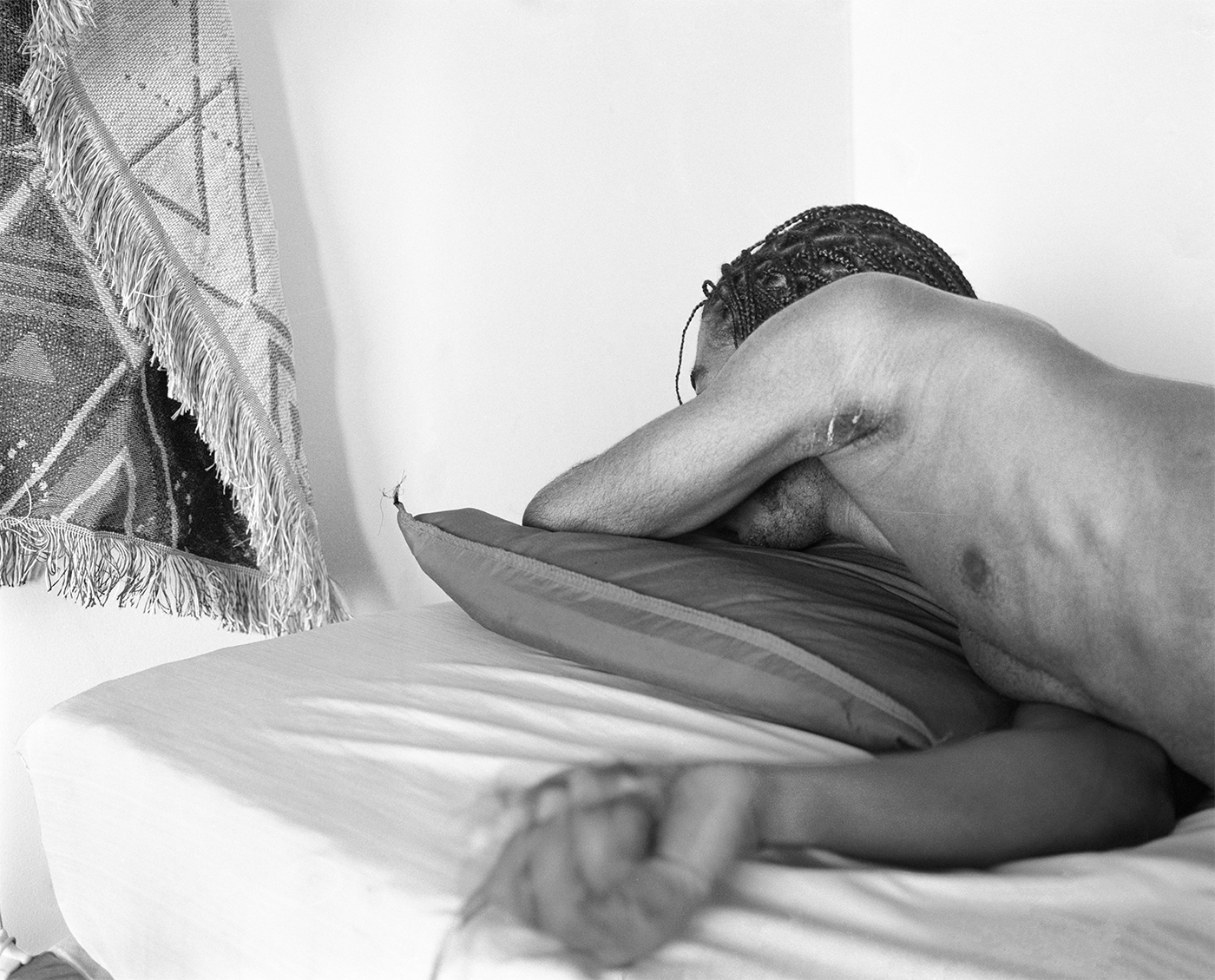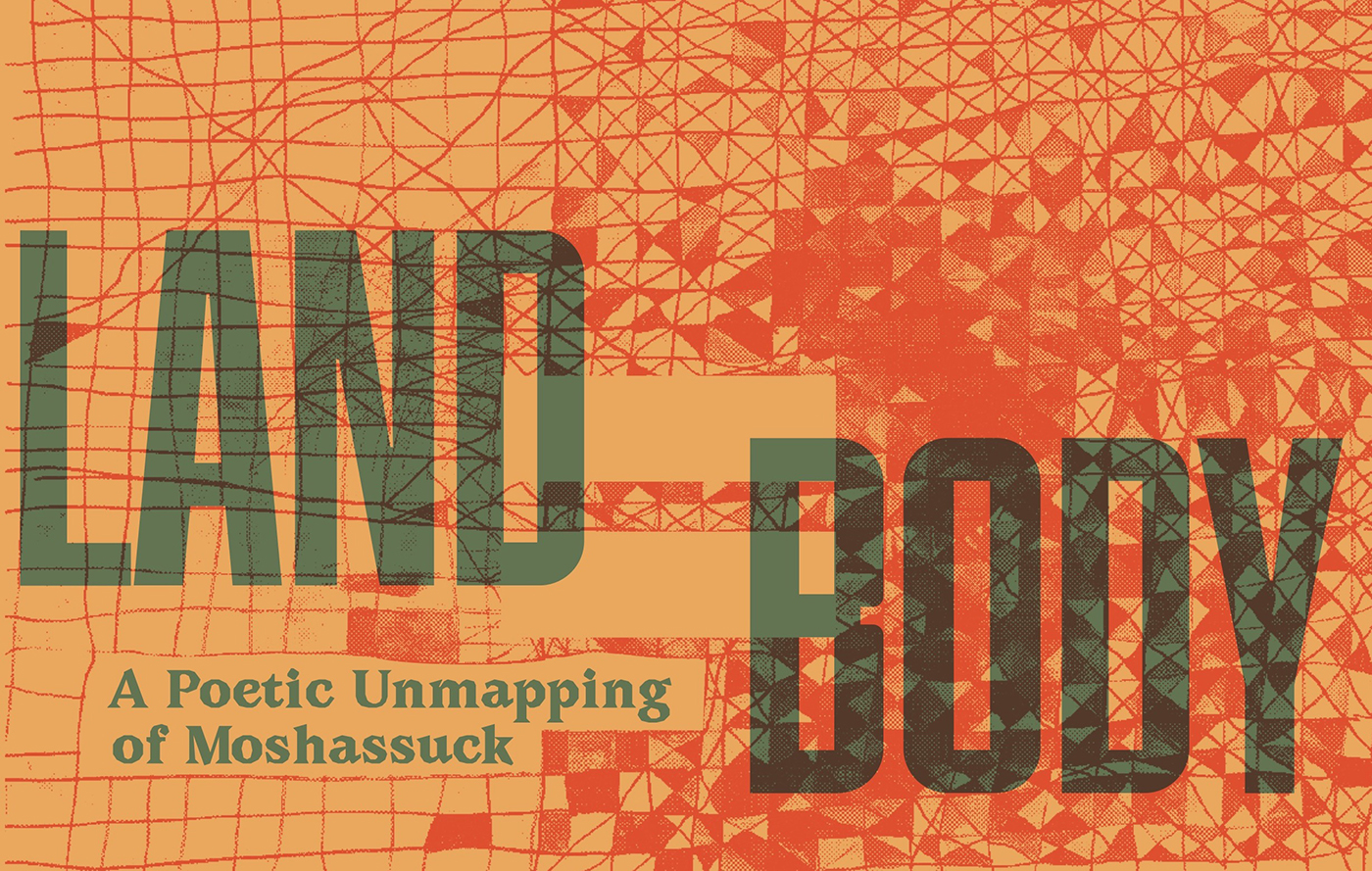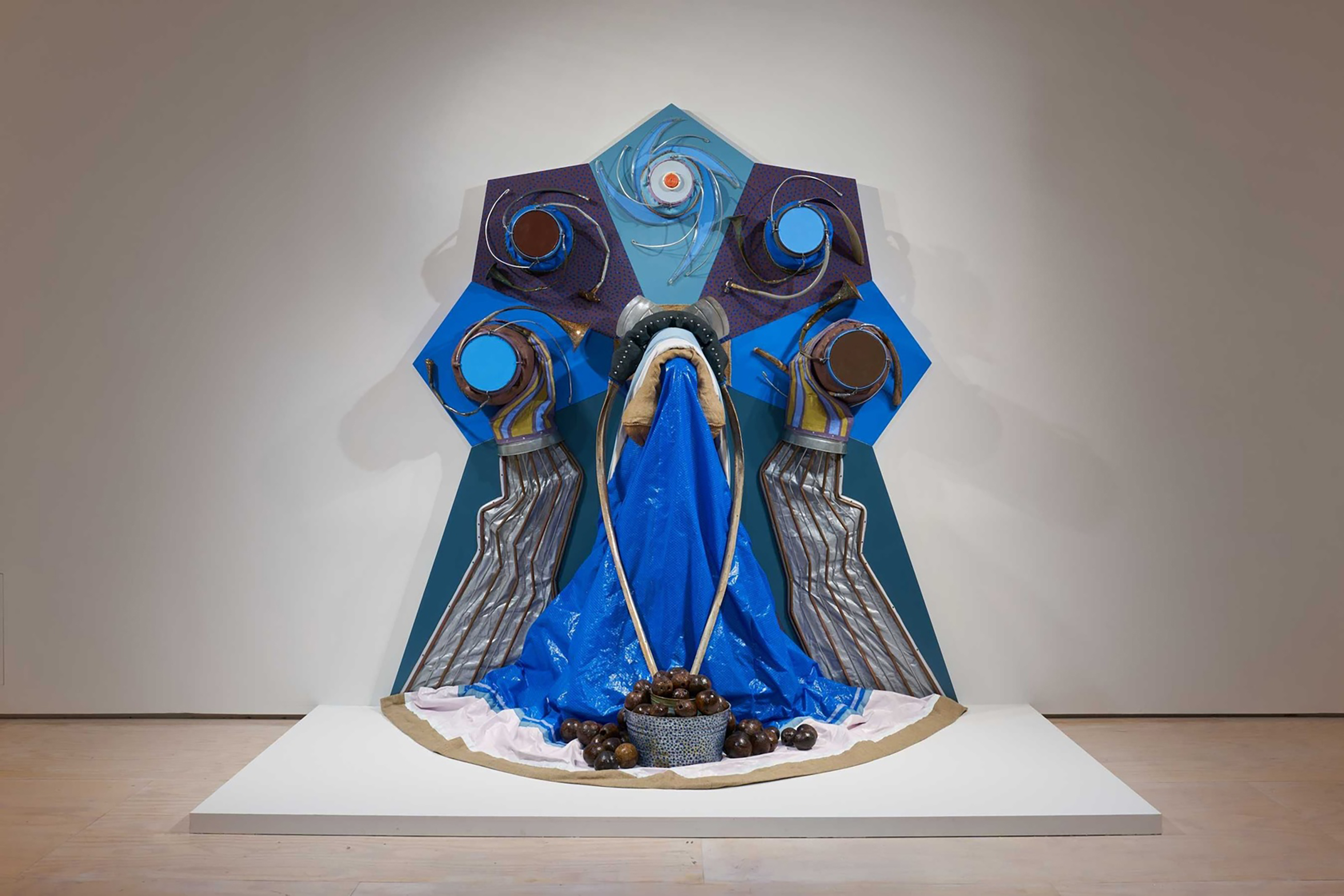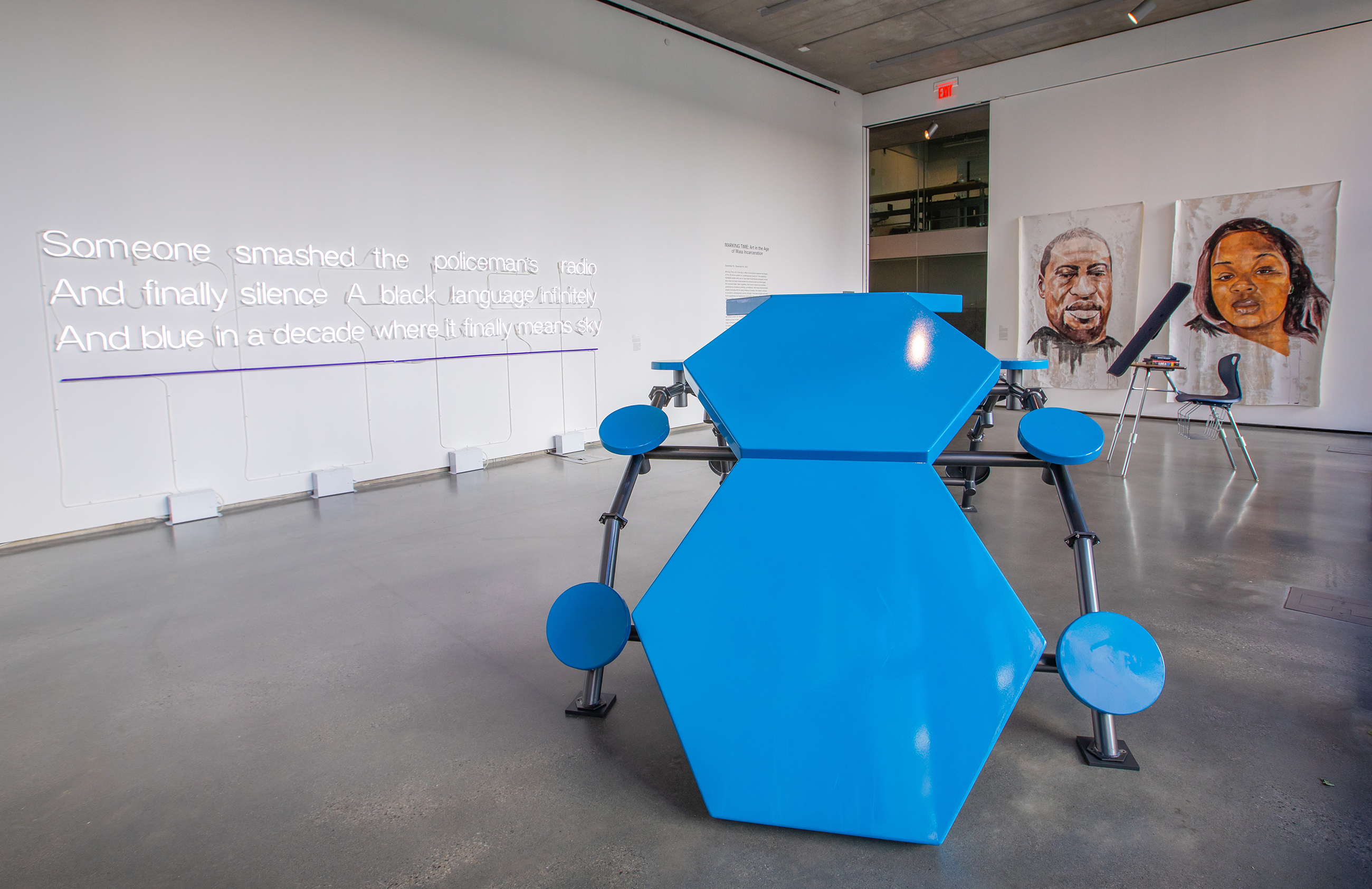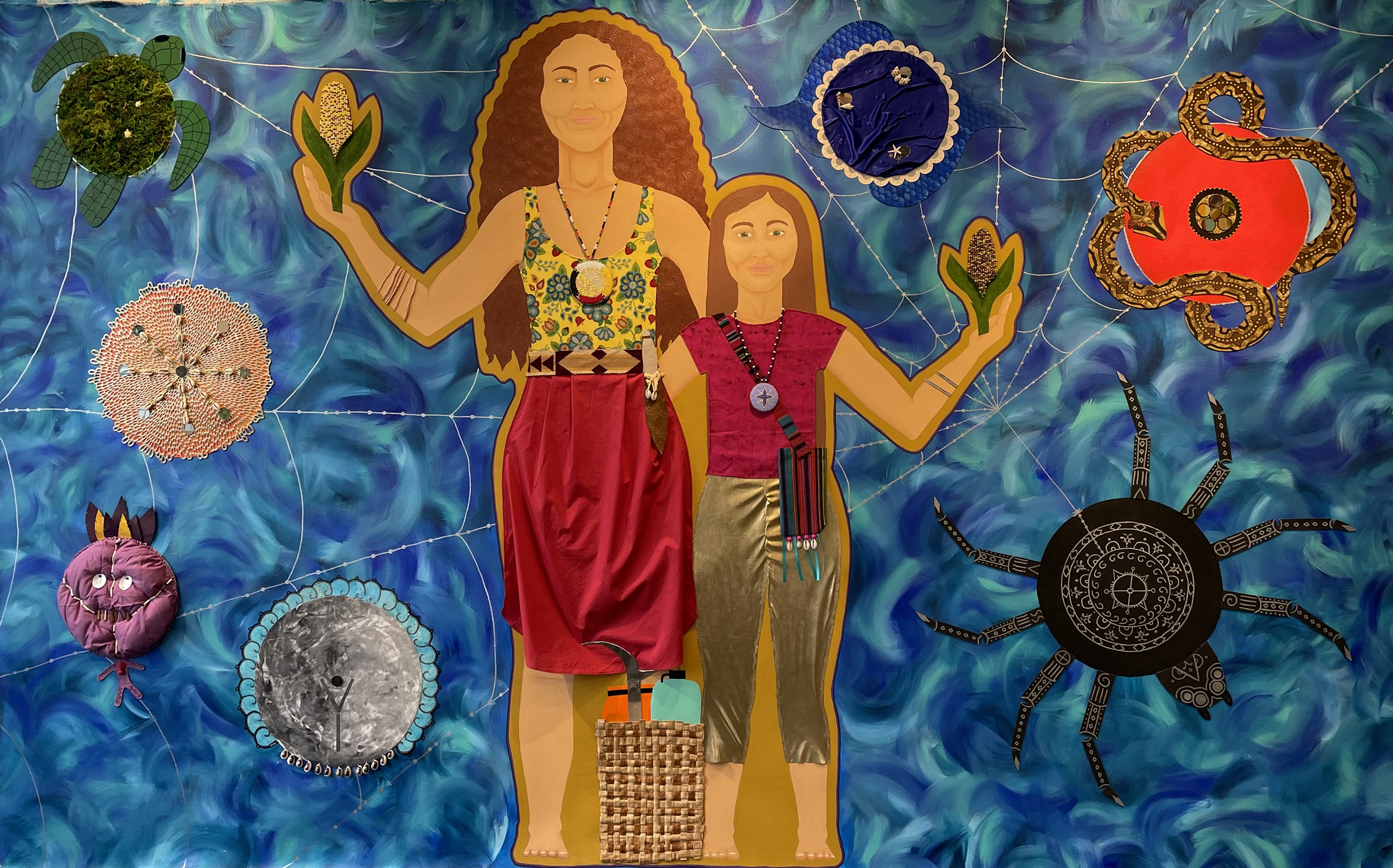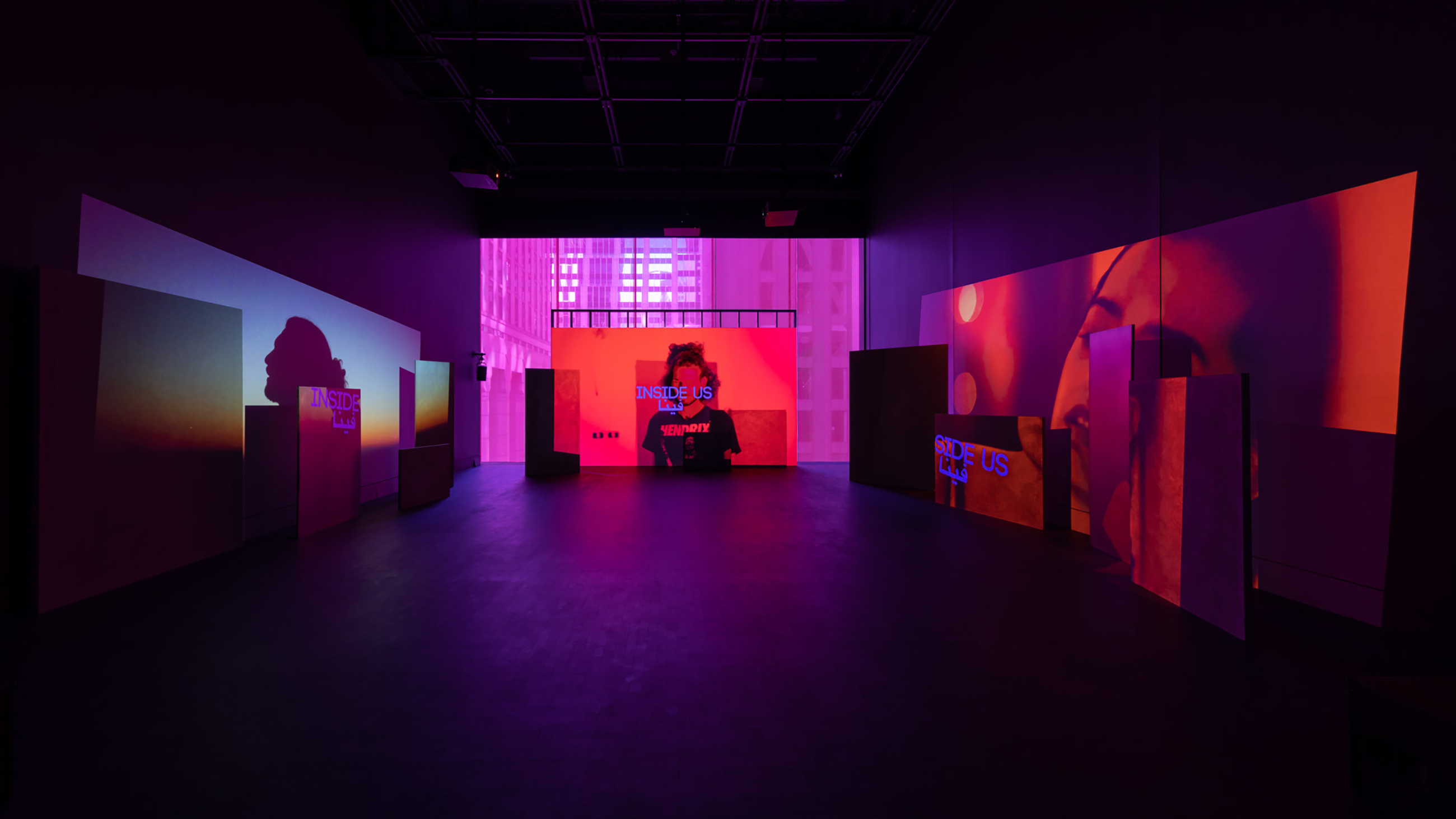Speaking in Dallas in May 2022, former US president George W. Bush made a lapsus that quickly went viral. As he attempted to condemn Russian president Vladimir Putin’s war of aggression on Ukraine, Bush decried “the decision of one man to launch a wholly unjustified and brutal invasion of Iraq”. “I mean, of Ukraine,” he corrected himself, mumbling, “Iraq, too.” A sprinkling of nervous laughter rang through the audience. “I’m 75,” he said, framing his slip-up as that of a good-natured grandfather rather than a war criminal responsible for hundreds of thousands of civilian deaths in Iraq. A few more laughs. We were all in on the brutal joke, catapulted into the deplorable chasm between what the United States claims to be and what it is.
In the wake of this charged geopolitical moment, which much of Western media described inadequately as a gaffe, I found myself stuck on the nebulous interplay of humor, violence, and resistance. The politics of humor, generally speaking, are slippery, and hinge upon who’s laughing, why, at what, and from where, not to mention whether that laughter is sanctioned by authority figures. But maybe humor’s gut-punch can function like a rupture that jolts us to mutually acknowledge all manner of contingencies, contradictions, and hypocrisies that riddle consensus reality. Maybe the meeting place of that rupture, if electrified with vision, care, and a call to action, can be a place to start. In any case, to pinch an unequivocal line from Walter Benjamin’s 1934 “The Author as Producer,” an address given at the Institute for the Study of Fascism: “there is no better trigger for thinking than laughter … convulsion of the diaphragm usually provides better opportunities for thought than convulsion of the soul.”
Sheida Soleimani’s biting Medium of Exchange is one such trigger for thinking. The Iranian American artist’s photographs of staged still lifes and narrative tableaux, several of which also appear in a scripted film intercut with an increasingly oil-slicked game of Snap, interrogate the unctuous networks of political corruption and exploitation—and likewise, the rampant human rights abuses and environmental destruction—that link OPEC (Organization of the Petroleum Exporting Countries) member nations, which are concentrated in the Middle East and North Africa, to Western ones. Soleimani eschews a sentimentalizing documentary lens or a chilly bureaucratic one. Instead, she exactingly crafts layered geopolitical allegories that perform, educate, and skewer, the bluntness of their organizing logic verging on slapstick. Dripping with signification, printouts of found images, like New Topographics-style aerial shots of oil fields or photos of drill rigs, play backdrop to a host of pointed props: consumer goods made from synthetic rubber, flaccid oil pipes, contentious agricultural exports, and fish dead from petroleum-related pollution.
Humans, treated as disposable, can also be props, things, or meat. In one tableau, wallpapered with photos of a Qatar oil field and a soccer field, a naked woman painted green—a color commentator?—lies prone on the ground amid a soccer ball, oily glasses of milk, and dollar-store cow-print pennant string flags. With the economy of a one-liner, Soleimani’s image pictures an intricate and far-reaching tangle of real-life absurdity. Qatar’s government has put its weight behind undertakings like hosting the 2022 FIFA World Cup—with bribery greasing the wheels—and building a massive air-conditioned dairy farm in the desert with thousands of airlifted cows—a project that received state funding amid the Qatar diplomatic crisis—instead of addressing the rampant human rights abuses experienced by migrant laborers (including those building the World Cup stadium) under the Kafala system of sponsorship.
For scenes pantomiming the actions of particular players in the political-petroleum complex, amateur actors—queer people in the artist’s circle from the country to which the specific scene refers—wear oversized paper masks depicting the relevant officials’ faces, mined from mass media or OPEC’s website. The actors stare or speak out of crooked holes in corrupt politicians’ noses, cheeks, and chins. Literalizing the fetishization of oil and oil-based commodities, Soleimani campily likens geopolitical power plays to romantic or sexual liaisons. In one tableau, a BDSM scene, former Saudi energy minister Khalid al-Falih presses an acrylic high heel into ex- UN secretary-general Ban Ki-moon’s bare torso as he flirtatiously pushes him to expunge Saudi Arabia’s human rights violations from the UN’s blacklist. In the filmed version of the scene, al-Falih drips oil onto Ban’s chest with a monotonous pronouncement that human rights are safeguarded; a subsequent close-up of the oil-slicked chest is paired with an audio clip of a Saudi executioner discussing his work. “His sword delineates the border between seriousness and play,” explains a reporter. We stand on that knife’s edge.
In her 1975 essay “Jokes,” British anthropologist Mary Douglas wrote that “a joke is a play upon form… [that] affords opportunity for realizing that an accepted pattern has no necessity.” In a formal play of her own, Soleimani artfully uses a high f-stop to collapse and compress her built tableaux to the extent that they masquerade as flat photomontages, evoking the cut-up mass media photocollages that Hannah Höch and Raoul Hausmann made to challenge the Weimar modus operandi. (Writing in 1934, Höch would note that the form, which Dadaists employed for anti-war critique, could be traced back to the practice of German grandmothers gluing photographed heads of soldiers in the family onto preprinted musketeers.) As Soleimani’s viewer, ensnared by the ludicrousness of her scenes, gradually pieces together their splintered iconography, the phenomena depicted become dimensional, fleshed out, real; the violent flattening and distortive fragmentation that occur when geopolitical events filter to us through mass media are parodied and, through the work of active spectatorship, undone. The engagement that Soleimani’s Medium of Exchange deftly needles out of us and the thought that it triggers in us are, I imagine, part of a much larger project.
